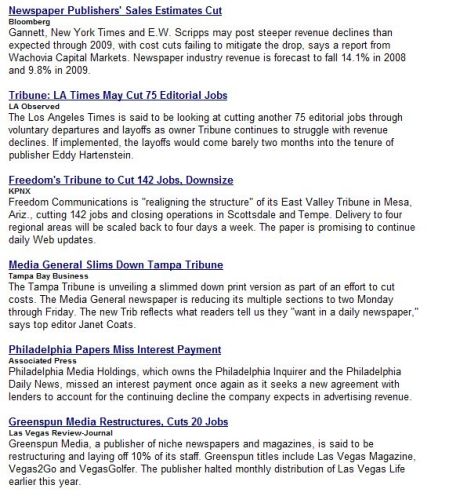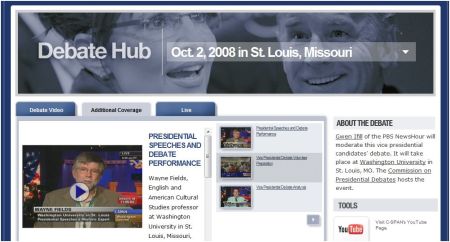Google’s Out-in-Front Woman, speaking at Interact08. High points via liveblog:
1. 20 percent time. At one point, 50 percent of Google’s newer products came from the “20 percent time”–the 20 percent of time all Google staffers are allotted to work on personal stuff with no relationship to their current “real” work. Drives constant innovation.
2. Beyond the wiki: Internal 2.0 at Google HQ: Every Monday, people file their “snippets”–5 bullets of what they’re working on. All are submitted, published, searchable–transparent organization to share knowledge easily.
3. Behind the curtain. Shows a diagram that illustrates how a query moves from end user, through the massive Google backend, and back to the user. How? Via 400-1,000 machines! All in .2 seconds! Um, cool, in a hyperspeed 1999 way.
4. Castle-building vs. iterating. Instead of building the One Great Thing for years [as Apple famously does], Google launches products “early and often,” driven by response to users.
5. How do you iterate? Use data to drive decisions. “Data is apolitical.”
6. So: Split A/B testing [n.b. a case of spontaneous generation; Amazon came up with the same technique at the same time]. Different users see different products or results, and the outcomes of these interactions drive future iterations. Great example about how subtle differences in vertical spacing had effects on search behavior. Also, via same technique: users liked blue, not yellow, boxes for search ads. Also, Google launched with 10 results per page. When they put more results on page to see if that’s the right number, searches dropped 20 percent. Why? Slower delivery of results, as tiny as those differences are, discourage people. And: Adwords succeeded because of immediate posting of ads.
7. Future of Search? One Saturday, Mayer kept track of all her searches that didn’t produce results. She showed a whole presentation screen to show all the failures. Among them: What is the largest city in Russia after Moscow and St. Petersburg? “J.C. Penney” near an obscure town in South Dakota, many dozen others.
So how will search improve over the coming years?
New Modes
Ubiquitous mobile–in car, wearable devices, eyeglass displays, watch that keeps track as you speak and produces results. You can embed search into everyday life.
New inputs–why can’t you talk to a search engine, or type in natural language? Why can’t you use an image or tune as your search query?
New Media
Google search results currently return 10 urls. Maybe it can produce 10 “answers”? Or: Now we return some video for proper queries [“how to do the charleston dance” query produces a video that shows you how]. “How to tie a bow tie” is better–the search currently returns diagrams and demos. Media needs to respond more to the nature of the query.
Personalization
The coming engines will understand more about the user–based on geography, past searches, personal preferences, who your friends are, other contextual information, etc.
Takeaway impressions: Google’s process of persistent iteration explains why they remain market leaders. The use of “20 percent” time drives the company forward. Mayer is brilliant.
Damn. I hate it when Google looks indestructible.

















Recent Comments